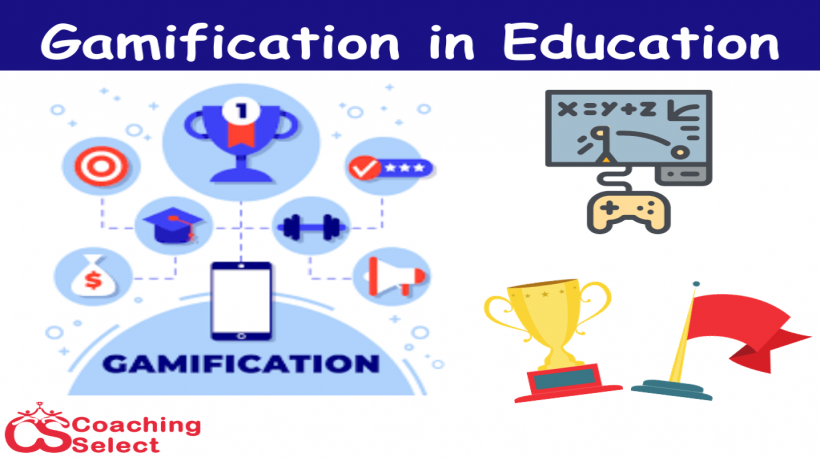How Gamification boosts student engagement and learning
In this blog, we will discuss about the role of gamification in education and its scope in education.
November 17, 2023
Career Expert & Blogger

In order to improve motivation, engagement, and learning outcomes, gamification in education is the process of incorporating game aspects and concepts into instructional activities and environments. By incorporating game-like features like leaderboards, competitiveness, point systems, and interactive challenges, educators hope to improve student engagement and learning outcomes.
Key Components of Gamification in Education
- Points and Badges:
Students who finish assignments, hit goals, or exhibit particular abilities can receive points or badges. This facilitates acknowledging achievements and giving prompt feedback.
- Leaderboards:
Putting up a scoreboard might make pupils feel competitive. Making student performance publicly visible can inspire students to work towards advancement.
- Challenges and Quests:
Similar to gaming levels, educational information can be organised as challenges or quests. By finishing assignments, figuring out difficulties, or developing new abilities, students advance through the course curriculum.
- Storytelling & Narrative:
Adding a plot or a narrative to the instructional material helps increase student interest. Characters or situations may resonate with students, enhancing the immersive nature of the learning process.
- Social Interaction and Collaboration:
Games frequently promote social interaction and collaboration. Group activities, collaboration, and conversations are examples of educational gamification that may promote a feeling of community and shared learning.
- Instant Feedback:
Performance feedback is instantly available in games. In an educational setting, this can assist students in recognising their advantages and disadvantages, enabling them to promptly modify their method of instruction.
- Customization and Personalization:
Gamification makes it possible to create learning experiences that are tailored to the requirements and preferences of each individual learner. Engagement and motivation may increase as a result of this personalization.
Scope of Gamification in Education
- Engagement and Motivation:
Gamification capitalises on people's natural drive for success, competitiveness, and attention. Gamification offers a global language that breaks through conventional barriers in a nation as diverse as India, where students come from a wide range of socioeconomic backgrounds. Teachers can encourage students to take an active role in their own education by introducing gaming components into the curriculum.
- Customized Learning Paths:
Certain students are frequently left behind by the conventional one-size-fits-all method of teaching. Personalised learning experiences are made possible by gamification, enabling students to study material in a fashion that best fits their own learning preferences and advance at their own speed. By modifying the degree of difficulty according to a student's performance, adaptive learning systems provide a customised and successful educational experience.
- Development of Skills:
Games naturally encourage the growth of important abilities including decision-making, problem-solving, and strategic thinking. Students in India may gain both subject-specific information and vital life skills—which are becoming more and more crucial in a world that is changing quickly—through gamified learning modules.
- Interactive Education:
An immersive and engaging learning environment is promoted by gamification. Teachers can enhance learning by adding interactive components such as games, role-playing, and group projects. This strategy especially appeals to India's younger, tech-savvy population, who are used to participatory digital encounters.
Challenges
Even though there are clear potential advantages to gamification in education, there are several issues that must be resolved. These include the necessity of appropriate training for educators, the possibility of distraction, and the significance of striking a balance between gamified components and conventional teaching techniques. For gamification to be inclusive and reach all of India, concerns like internet connectivity and technological availability must also be taken into account.
Conclusion
Gamification in education has a lot of potential for India as it provides a dynamic and interesting method of instruction that meets the requirements of students in the twenty-first century. Adopting gamification is a step towards creating a generation of lifelong learners with the information and fundamental skills they will need as technology continues to play a crucial role in determining the direction of education.

